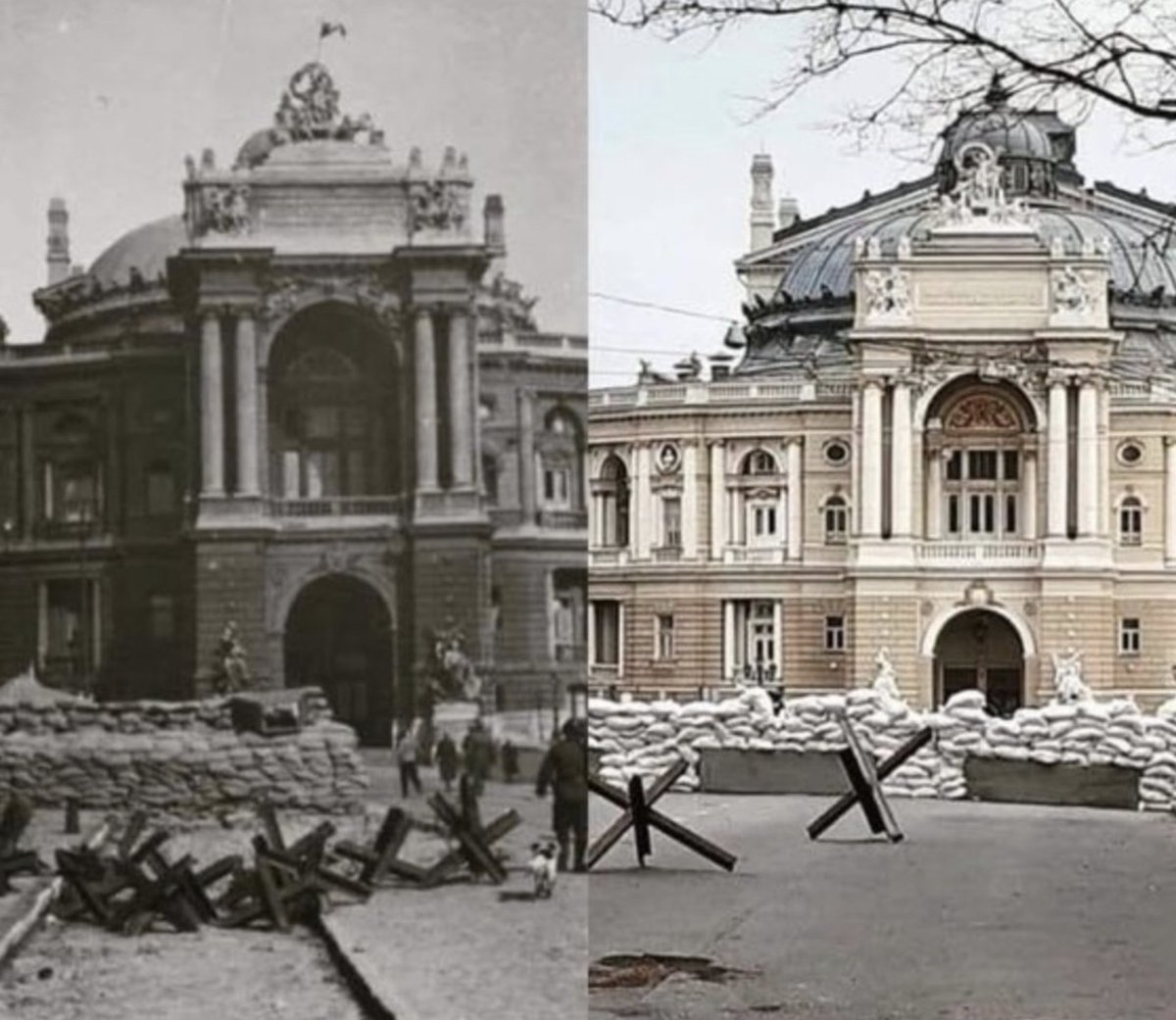Russian Invasion of Ukraine Teach-Out: A Free Course from the University of Michigan
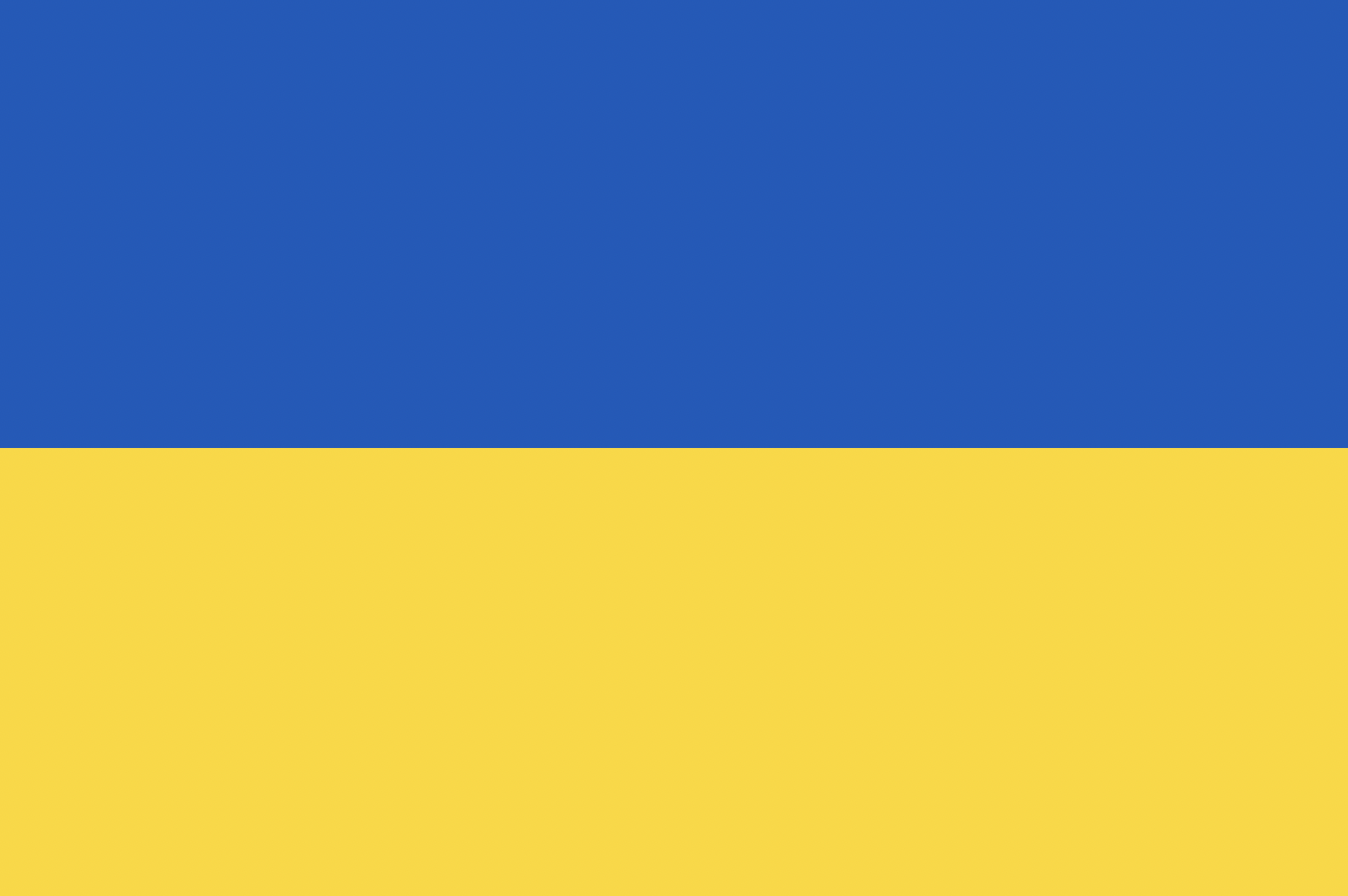
From the University of Michigan comes a free short course on the Russian Invasion of Ukraine. Here’s how they set the context for the course, which you can find on the Coursera platform:
“The armed conflict in Ukraine first started in the beginning of 2014, when Russia invaded and annexed the Ukrainian region of Crimea. Over the past eight years, there has been ongoing conflict between Ukraine and Russia, with regular shelling and skirmishes occurring along Russian and Ukrainian borders in the eastern part of the country. On February 24, 2022, Russia launched a full-scale military invasion of Ukraine, plunging the entire country into war and sending shockwaves across the world. With casualties mounting and over one million Ukrainians fleeing the country, the need for dialogue and de-escalation have never been higher. In this Teach-Out, you will learn from a diverse group of guest experts about the history and origins of war in Ukraine, its immediate and long-term impacts, and what you can do to support people in this growing humanitarian crisis. Specifically this Teach-Out will address the following questions:
- How did we get here? Why did Russia invade Ukraine?
— What historical and cultural contexts do we need to know about in order to understand this conflict?
— How is cyber and information warfare impacting the conflict in Ukraine?
— What can be done to stop this war?
— How can we support Ukrainian refugees and displaced peoples?”
Sign up for the course here.
If you would like to sign up for Open Culture’s free email newsletter, please find it here. It’s a great way to see our new posts, all bundled in one email, each day.
If you would like to support the mission of Open Culture, consider making a donation to our site. It’s hard to rely 100% on ads, and your contributions will help us continue providing the best free cultural and educational materials to learners everywhere. You can contribute through PayPal, Patreon, and Venmo (@openculture). Thanks!
Related Content
1,700 Free Online Courses from Top UniversitiesPutin’s War on Ukraine Explained in 8 Minutes
Why Russia Invaded Ukraine: A Useful Primer
Ukrainians Playing Violin in Bunkers as Russians Bomb Them from the Sky
What we do in bomb shelters when they bomb us from the sky pic.twitter.com/SzielSRxIj
— Liubov Tsybulska (@TsybulskaLiubov) March 6, 2022
Vladimir Putin can bomb Ukraine. But he can’t destroy the human spirit.…
If you would like to support Ukrainians in desperate need, visit this page to find aid organizations doing good work on the ground.
For any Russian citizens visiting our site, you can see the atrocities being committed by your leader here, here, here, here, here and here. Also find advice on getting around Russian censorship of media here.
If you would like to sign up for Open Culture’s free email newsletter, please find it here. It’s a great way to see our new posts, all bundled in one email, each day.
If you would like to support the mission of Open Culture, consider making a donation to our site. It’s hard to rely 100% on ads, and your contributions will help us continue providing the best free cultural and educational materials to learners everywhere. You can contribute through PayPal, Patreon, and Venmo (@openculture). Thanks!
Related Content
Pianist Plays “What a Wonderful World” for Ukrainian Refugees at Lviv Station
Russian Invasion of Ukraine Teach-Out: A Free Course from the University of Michigan
Putin’s War on Ukraine Explained in 8 Minutes
Why Russia Invaded Ukraine: A Useful Primer
Russia’s War on Ukraine: A Conversation Hosted by The Atlantic, Featuring Anne Applebaum, Tom Nichols & Jeffrey Goldberg
“After years of threats, Vladimir Putin’s Russian forces invaded Ukraine—culminating in the largest attack against one European state by another since the Second World War. What happens now?”
Above, you can watch a wide-ranging conversation hosted by The Atlantic, featuring Anne Applebaum (Pulitzer-prize winning historian), Tom Nichols (U.S. Naval War College professor), and Jeffrey Goldberg (editor-in-chief of The Atlantic) as they examine “the global reaction, the effectiveness of sanctions, and how to address the rise of authoritarianism and ongoing threats to democracy.” It’s also worth reading Applebaum’s latest piece, “The Impossible Suddenly Became Possible.”
How Volodymyr Zelenskyy Went from Playing a President on a Comedy TV Show to Very Real Life
To the great dismay of West Wing fans, Josiah Bartlet never actually became President of the United States of America. At some point, one suspects they’d even have settled for Martin Sheen. Alas, playing the role of the president on television hasn’t yet become a qualifying experience for playing it in real life — or at least not in the U.S. But things work differently in Ukraine, which in 2019 elected to its presidency the star of Servant of the People (Слуга народу), a comedy series about a high-school teacher who becomes president on the back of an anti-establishment rant gone viral. His name, Volodymyr Zelenskyy, is one we’ve all become familiar with indeed since last week, when Russian president Vladimir Putin ordered an invasion of his country.
For as unlikely a head of state as Zelenskyy, a more formidable test could hardly be imagined. The seriousness of the conflict contrasts starkly with the tone of Servant of the People, in light of which Zelenskyy’s ascendance looks less like Martin Sheen becoming President than Veep’s Julia Louis-Dreyfus becoming Vice President, or Yes Minister’s Paul Eddington becoming Prime Minister.
Still, the past decade’s further blurring of the lines between televisual fiction and political fact made the Zelenskyy candidacy look less like a stunt than a genuinely viable campaign. During that campaign the BBC produced the segment at the top of the post, which calls him “the comedian who could be President”; Vice published the more detailed view above as election day approached.
Most officials of Zelenskyy’s rank are famous by definition. He had the advantage of already being well-known and well-liked in his homeland, but his performance so far under the harrowing conditions of Putin’s invasion has won him respect across the world. There is now, in addition to the fascination about his rise to power, an equally great fascination about that of Vasyl Holoborodko, the thirty-something history teacher he plays on Servant of the People. This Youtube playlist offers 23 episodes of the show, complete with English subtitles. Give it a watch, and you’ll better understand not just Zelenskyy’s appeal to the Ukrainian people, but that people’s distinctive sense of humor — a vital strategic asset indeed in such trying times.
Related content:
Why Russia Invaded Ukraine: A Useful Primer
Why is Ukraine in Crisis?: A Quick Primer For Those Too Embarrassed to Ask (2014)
“Borat” on Politics and Embarrassment — Pretty Much Pop: A Culture Podcast Discussion #67
Comedians Speaking Truth to Power: Lenny Bruce, George Carlin & Richard Pryor (NSFW)
Based in Seoul, Colin Marshall writes and broadcasts on cities, language, and culture. His projects include the Substack newsletter Books on Cities, the book The Stateless City: a Walk through 21st-Century Los Angeles and the video series The City in Cinema. Follow him on Twitter at @colinmarshall or on Facebook.
Why Russia Invaded Ukraine: A Useful Primer
Why did Russia launch an unprovoked war in Ukraine and risk creating a wider global conflict? If you haven’t closely tracked the ambitions of Vladimir Putin, this primer offers some helpful context. In 30 minutes, the video covers the geopolitical, economic and environmental backstory. As you watch the explainer, it’s worth keeping one thing in mind: For years, European nations have long resisted bringing Ukraine into the NATO fold, precisely because they knew it would trigger a conflict with Putin. And there had been no recent plan to revisit the issue. All of this suggests that Putin has highlighted the NATO threat (amply discussed in the video) because it would provide him a useful pretext for an invasion. There was hardly an imminent threat.
If you’re looking for other rationales not covered by this video, you could focus on two reasons provided by Hein Goemans, a professor of political science at the University of Rochester: Putin “wants to reestablish directly or indirectly, by annexation or by puppet-regimes, a Russian empire—be it the former USSR or Tsarist Russia. A second possible answer has to do with the role of domestic Russian politics, which the standard literature on conflict takes very seriously: Putin has seen what happened in some former Soviet successor republics and the former Yugoslavia, several of which experienced ‘Color Revolutions’ and democratized. Indeed, it was a Color Revolution in Ukraine in 2014, which Putin mischaracterizes as a military coup. He wants to prevent more of these revolutions and prevent a democratic encirclement of countries around him, which could provide a safe haven for Russian dissidents who’d be dangerous to Putin’s political survival. Both of these goals overlap in the sense that he is seeking regime change, which is a dangerous game.”
For a deeper dive into the imperial ambitions of Putin–his attempt to reconstitute the Russian Empire–read this eye-opening interview with Fiona Hill.
If you would like to sign up for Open Culture’s free email newsletter, please find it here. It’s a great way to see our new posts, all bundled in one email, each day.
If you would like to support the mission of Open Culture, consider making a donation to our site. It’s hard to rely 100% on ads, and your contributions will help us continue providing the best free cultural and educational materials to learners everywhere. You can contribute through PayPal, Patreon, and Venmo (@openculture). Thanks!
Related Content
Why is Ukraine in Crisis?: A Quick Primer For Those Too Embarrassed to Ask (2014)
Why Putin Wants Alexei Navalny Dead
Free Online History Courses
West Point Expert Gives Ukrainians Advice on Conducting Effective Urban Warfare Against Russian Troops
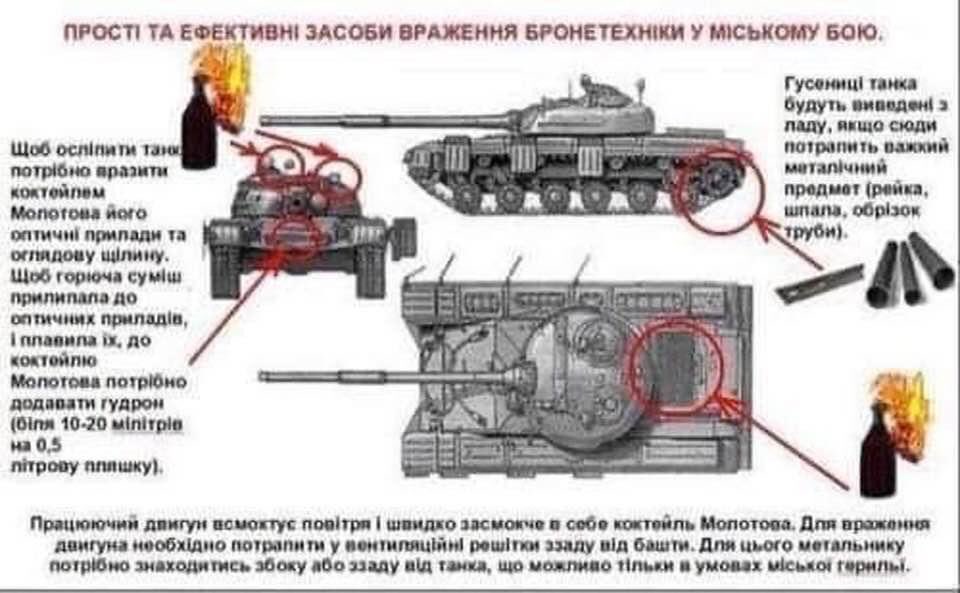
John W. Spencer currently serves as the Chair of Urban Warfare Studies at the Modern War Institute at West Point. He’s also Co-Director of the Urban Warfare Project, and host of the Urban Warfare Project podcast. Ergo, he knows something about urban warfare.
On Twitter, he gave advice to civilians resistors in Ukraine, especially Kyiv, on how to resist the Russian invasions. His tweet thread reads as follows:
- So I’ve been asked what my advice would be to civilian resistors in Ukriane, especially Kyiv. Someone with no military training but wanting to resist. Here are a few things #Kyiv #UkraineUnderAttack :
- You have the power but you have to fight smart. The urban defense is hell for any soldier. It usually take 5 attackers to 1 defender. Russians do not have the numbers. Turn Kyiv and any urban area leading to Kyiv into a porcupine.
- Go out and build obstacles in the streets! Start with any bridge you can find (they should have been destroyed). Block them with cars, trucks, concrete, wood, trash, anything! Then block any spot in the city where there are tall buildings on each side. Already tight areas.
- If it is a street you still need to use. Build a S pattern obstacle that still slows a vehicle down. Think police check point (which you could set up if you wanted to catch saboteurs before military reach your location)
- Once you have obstacles (never stop building). I really mean thousands of barriers/obstacles. You can decided places to fight. Places to shoot from or ambush any soldier or vehicle that stops or slows down at your obstacles.
- Do NOT stand in the open and shoot or throw anything (to include molotov cocktail) at a Russian soldier or vehicles. Shoot from windows, behind cars, around alleyway corners. Build positions (concrete best) to fire from.
- You must prepare for the Russians to start using artillery to help their troops. Make sure the places you choose to shoot from are strong. If in a building, make holes in the walls so you can shoot from and bigger ones to move to other rooms or buildings. You must survive.
- Yes, use your molotov cocktails. Think about where you will stand to throw (then run). Dropping from windows above vehicles most ideal. Vehicles without weapons on top the most vulnerable, but if it is armor, choose where to hit.
- Form into groups. Ideally 3 to 5 and decided where to shoot at Russians from. You get to decide. Best if coordinated with another group and using your obstacles to slow something and shoot at from concealed and protected positions.
- Again, your survival to fight is important so think hard about where you will shoot from. Elevated positions down long streets. Shoot and run. Ambushes. Aim for the windows and doors of non-armor vehicles. Soldiers in open. One of the greatest fears of a soldier is a sniper.
- You are not a sniper, but you can put fear in their hearts if they think there are snipers everywhere. Again take care of yourselves to be able to resist. Drink water. 3 days without water and you won’t be able to fight. More later.
Rough Ukrainian Translation (Courtesy of Google Translate):
- Тож мене запитали, що б я порадив цивільним резисторам в Україні, особливо в Києві. Хтось без військової підготовки, але хоче чинити опір. Ось кілька речей #Kyiv #UkraineUnder Attack :
- У вас є сила, але ви повинні боротися розумно. Міська оборона — це пекло для будь-якого солдата. Зазвичай потрібно 5 нападників на 1 захисника. У росіян немає цифр. Перетворіть Київ і будь-яку міську територію, що веде до Києва, на дикобраза.
- Виходьте і будуйте перешкоди на вулицях! Почніть з будь-якого мосту, який ви можете знайти (їх слід було знищити). Блокуйте їх автомобілями, вантажівками, бетоном, деревом, сміттям, чим завгодно! Потім заблокуйте будь-яке місце в місті, де з обох боків є високі будівлі. Вже тісні ділянки.
- Якщо це вулиця, вам все одно потрібно користуватися. Побудуйте перешкоду типу S, яка все ще уповільнює транспортний засіб. Уявіть поліцейський контрольно-пропускний пункт (який ви можете встановити, якщо хочете зловити диверсантів до того, як військові прибудуть до вашого місця)
- Як тільки у вас є перешкоди (ніколи не припиняйте будувати). Я дійсно маю на увазі тисячі бар’єрів/перешкод. Ви можете визначити місця для боротьби. Місця для стрілянини або засідки будь-якого солдата чи транспортного засобу, які зупиняються або сповільнюються на ваших перешкодах.
- Do NOT stand in the open and shoot or throw anything (to include molotov cocktail) at a Russian soldier or vehicles. Shoot from windows, behind cars, around alleyway corners. Build positions (concrete best) to fire from.
- Ви повинні підготуватися до того, що росіяни почнуть використовувати артилерію для допомоги своїм військам. Переконайтеся, що місця, з яких ви обираєте стріляти, є міцними. Якщо в будівлі, зробіть отвори в стінах, щоб ви могли стріляти з більших, щоб переміститися в інші кімнати або будівлі. Ви повинні вижити.
- Так, використовуйте свої коктейлі Молотова. Подумайте, куди ви будете стояти, щоб кинути (тоді бігти). Найідеальнішим варіантом є падіння з вікон над транспортними засобами. Транспорт без зброї зверху найбільш вразливий, але якщо це броня, вибирайте, куди вдарити.
- Об’єднайтеся в групи. В ідеалі 3 до 5 і вирішив, звідки стріляти в росіян. Вам вирішувати. Найкраще, якщо координуватись з іншою групою та використовувати свої перешкоди, щоб уповільнити щось і стріляти з прихованих і захищених позицій.
- Знову ж таки, ваше виживання для боротьби важливе, тому добре подумайте, звідки ви будете стріляти. Піднесені позиції на довгих вулицях. Стріляй і бігай. Засідки. Націлюйтеся на вікна та двері неброньованих транспортних засобів. Солдати відкрито. Один з найбільших страхів солдата — снайпер.
- Ви не снайпер, але можете вселити в їхні серця страх, якщо вони думають, що снайпери всюди. Знову подбайте про себе, щоб мати можливість протистояти. Пити воду. 3 дні без води і ти не зможеш битися. Ще пізніше.
The 850 Books a Texas Lawmaker Wants to Ban Because They Could Make Students Feel Uncomfortable
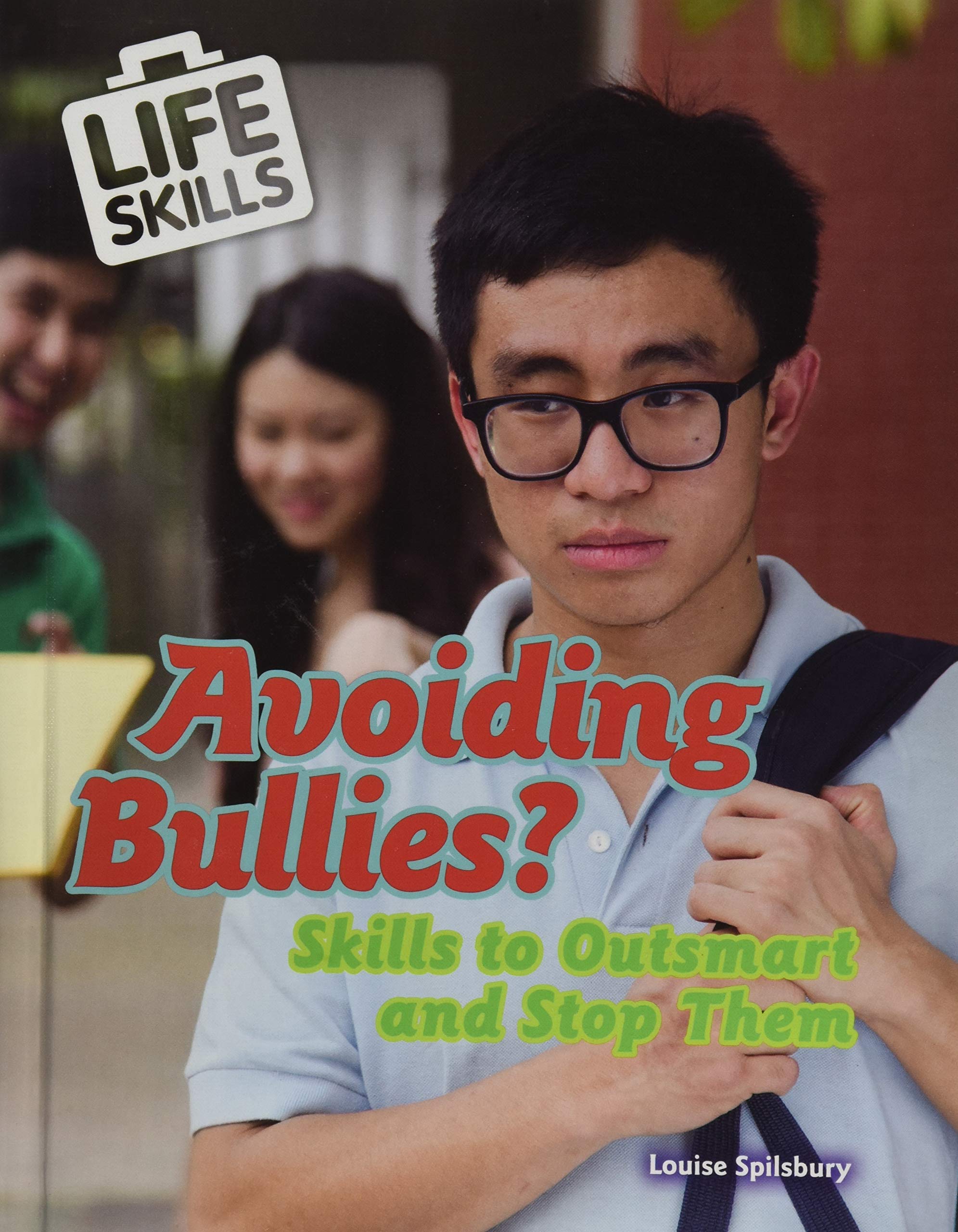
“Who’s afraid of critical race theory?” asked lawyer, legal scholar and Harvard professor Derrick Bell in a 1995 essay. Bell helped pioneer the discipline in the 70s, and until recently, it remained mostly confined to academic journals, grad school seminars and the pages of progressive magazines. Now the phrase is everywhere. What happened? Did radical scholars force third graders to read footnotes? Or did conservatives show up fifty years late to a conversation, skip the reading, and decide the best way to respond was to lash out indiscriminately at every identity and civil rights issue that makes them uncomfortable, starting with kindergarten and working their way up? Maybe Bell’s question has answered itself.
In the recent moral panic over CRT, the term has become a denunciation, a shibboleth that can apply to any history, civics, or literature lesson broadly construed, whether taught through current events, fiction, poetry, memoir, nonfiction, or any material — to use the language of the “anti-CRT” Texas House Bill 3979 — that might make a student “feel discomfort, guilt, anguish, or any other form of psychological distress on account of the individual’s race or sex.” Connections to Bell’s critical race theory are tenuous, at best. As Allyson Waller notes at the Texas Tribune, that academic discipline “is not being taught in K‑12 schools.”
This fact means little to right wing legislators, school board members and parents’ groups, who have found a convenient boogeyman on which to project their anxieties. What the Texas bill means in practice has been impossible to parse. American Civil Liberties Union lawyer Emerson Sykes filed a federal suit over a similar law in Oklahoma, arguing that it’s “so vague,” as Michael Powell reports at The New York Times, “that it fails to provide reasonable legal guidance to teachers and could put jobs in danger.” A Black principal near Dallas has already been forced to resign in the anti-CRT panic, for writing a public letter after George Floyd’s death that declared, “Education is the key to stomping out ignorance, hate, and systemic racism.”
In another part of the state, a district-level executive director of curriculum has recommended teaching “other perspectives” on the Holocaust to meet the bill’s mandates. Teachers and administrators are not the only ones targeted by the bill and its supporters. “One minute they’re talking critical race theory,” says middle school librarian Carrie Damon. “Suddenly I’m hearing librarians are indoctrinating students. One library in Llano County, about 80 miles northwest of Austin, shut down for three days for a “thorough review” of every children’s book. At the statewide level, Texas Republican State Representative Matt Krause launched an anti-CRT witch-hunt, in advance of a run for State Attorney General, by emailing a list 850 books to state superintendents, asking if any of them appeared in their libraries.
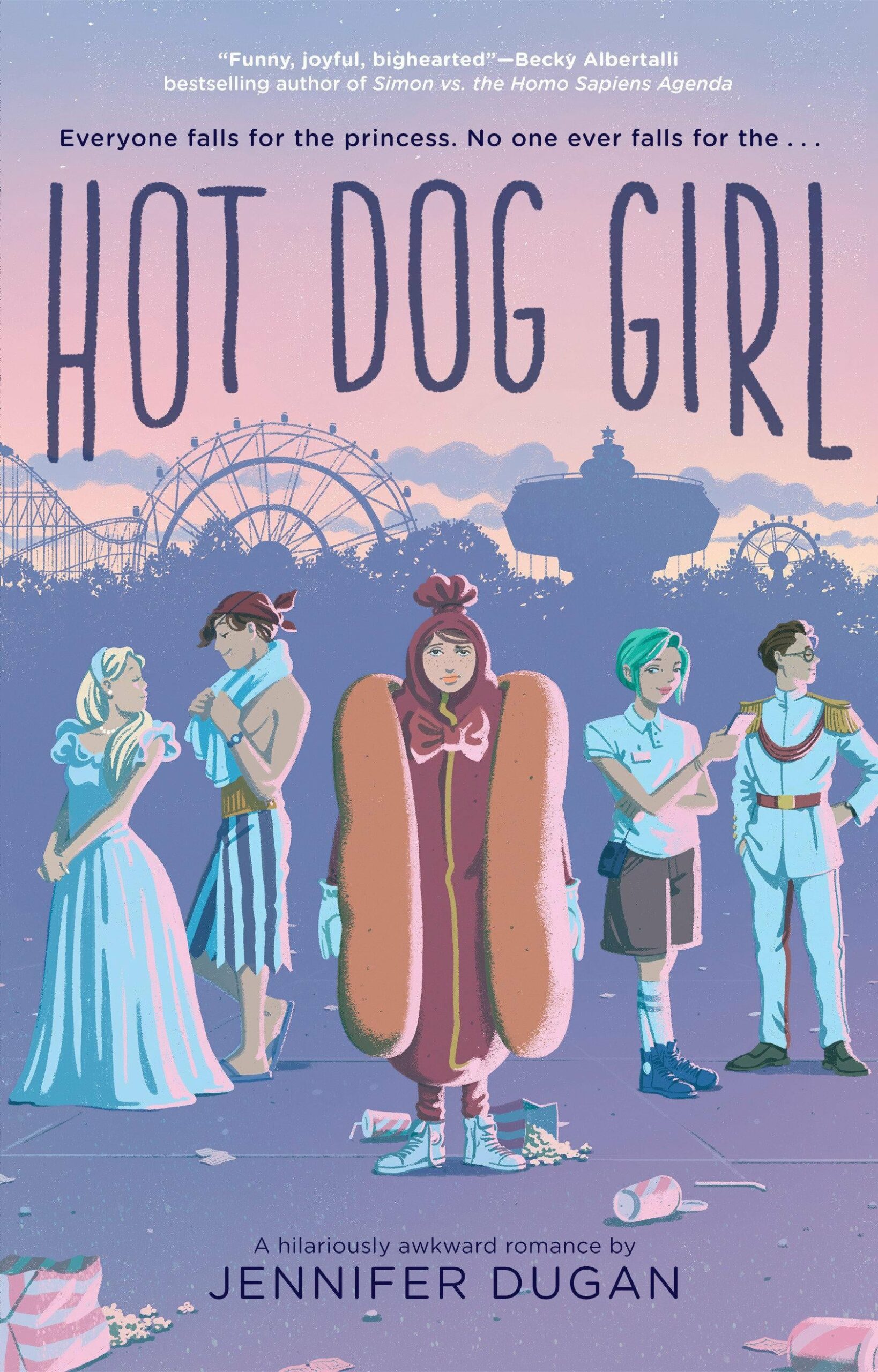
The list, writes Danika Ellis at Book Riot, is “a bizarre assortment of titles, formatted in a way that suggests it’s copy-and-pasted from library listings.” It includes books about human rights, sex education, any and every LGBTQ topic, race, American history, and policing. Ironically, it also includes books about burning books and bullying (a problem causing student walkouts around the country). The books range from those for young children to middle and high school students and college-aged young adults. Most of them “were written by women, people of color and LGBTQ writers.” It also includes “a particularly puzzling choice,” writes Powell (probably a mistake?): Cynical Theories by Helen Pluckrose and James Lindsay, two authors who have made careers out of exposing what they allege are illegitimate “grievances” in academia.
You can see Krause’s full list here. The state rep’s “motive was unclear,” Powell writes, but it seems clear enough he wished to flag these books for possible removal. Given that critical race theory is not, in fact, a phrase that means “anything that makes conservatives feel guilty and/or uncomfortable” but is foremost a legal theory, we might ask legal questions like cui bono? – “who benefits” from banning the books on Krause’s list? Who feels uncomfortable and guilty when they read about racist policing, healthy gay relationships, or the civil rights movement– and why? Should that discomfort provide just cause for censorship and the violation of other students’ rights to quality educational material? How can the subjective standard of “comfort” be used to evaluate the educational value of a book?
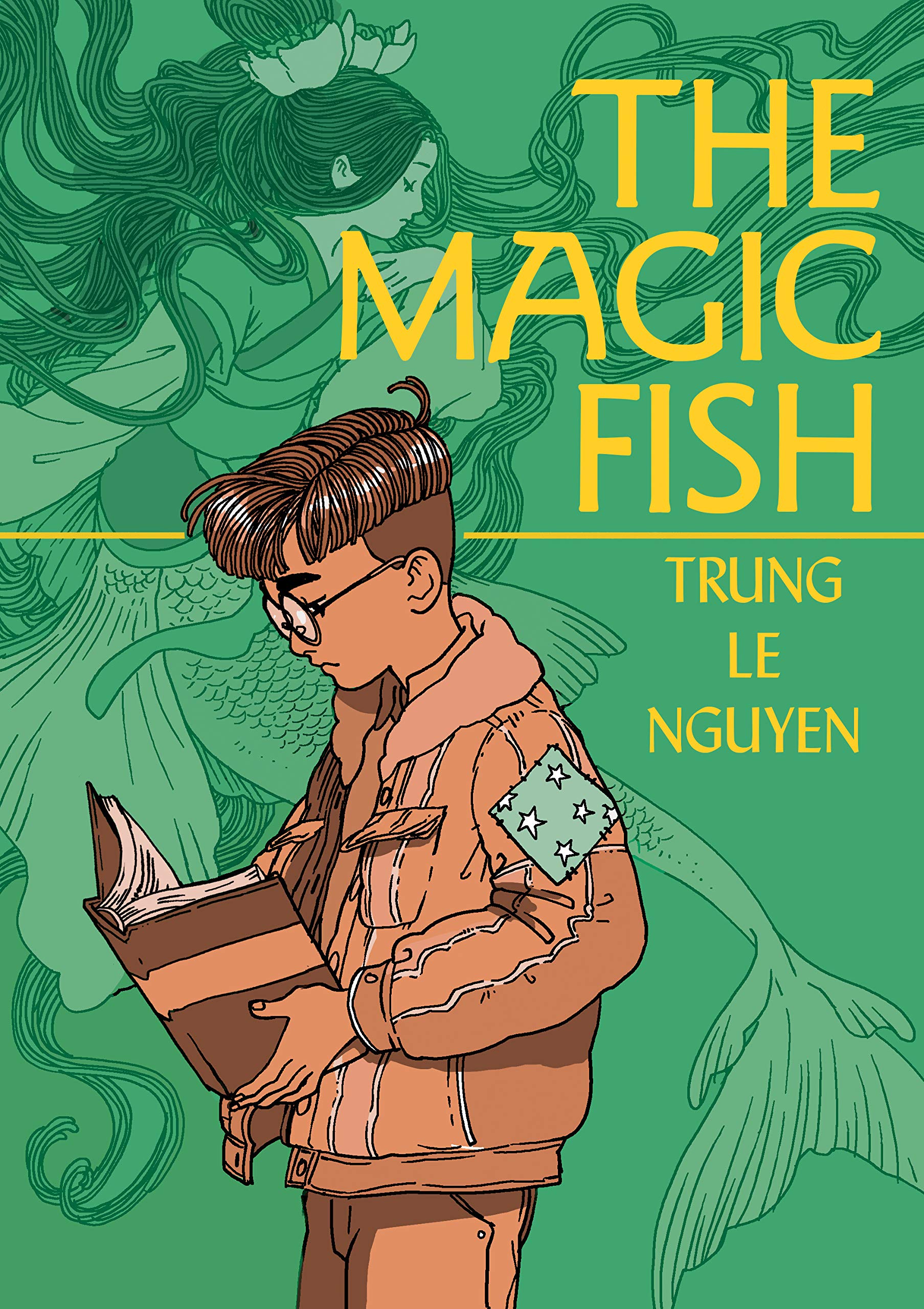
Debates over free inquiry in education seem never to end. (Consider that the first book banned in Colonial North America mocked the Puritans, who themselves loved nothing more than banning things.) As we approach the question this time around, it seems we might have learned not to ban books under vague laws that empower bigots to hunt down an amorphous enemy so insidious it can lurk anywhere and everywhere. Such laws have their own history, too, in the U.S. and elsewhere. Nowhere have they led to a state of affairs most of us want, one free from violence, bigotry, discrimination and state repression — that is, unless we need such things to make us comfortable.
Related Content:
America’s First Banned Book: Discover the 1637 Book That Mocked the Puritans
Read 14 Great Banned & Censored Novels Free Online: For Banned Books Week 2014
Josh Jones is a writer and musician based in Durham, NC. Follow him at @jdmagness
